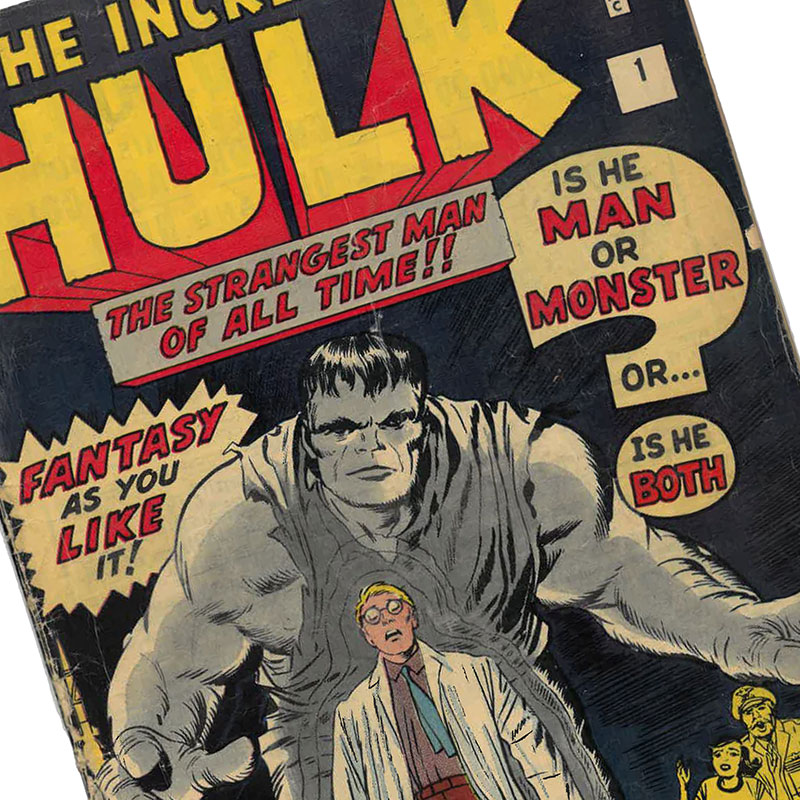The Inside Scoop – why a Tudor Period spoon stirred up a bidding frenzy
05/03/2019
A private collection of British and European silver smashed expectations during our March Fine Art and Antique auction. The 150 lots, amassed by a Leicester collector throughout the mid-20th century, reflected silver-smithing from several centuries, and broadly focused on Ecclesiastical ware. Chalices, beakers, patens, and communion sets were all well represented, but the most significant section was arguably held for the very end of the section. A dozen lots of spoons, dating from as early as the early 1500s when Henry VII was on the throne, brought specialist collectors and trade buyers in from far and wide. All far exceeded pre-sale estimates. Here we give an insight as to why a humble spoon made £6,000 plus premium at auction.
The Apostles
A spoon is made of three distinct parts: the bowl, the stem or shaft, and the terminal. In the early 15th Century, silver smiths started adapting the terminals, incorporating depictions of one of the Twelve Apostles – such as lot 146. They would make a set of the twelve Apostles, and some sets would have had a thirteenth spoon symbolising Jesus or the Virgin Mary. The Virgin Mary was often depicted by what is known as a Maidenhead terminal – for example lot 148. Being a spoon, at that time the most common form of table ware or cutlery, it symbolised strongly with The Last Supper. By the 16th Century such spoons had become very popular baptismal presents and would often be used throughout life, for every mealtime. Being silver, they could be refashioned with the changing fashions of the day.
The Terminal
Other terminal designs that you might see commonly in spoons from the 15th- to 18th-centuries include: Slip top – a simple sloping finial, favoured by the Puritans; Trefid spoon – originated in France and made popular by Charles II, has a trefoil end bearing resemblance to a deer’s foot; Dog-nose spoon – an adaption of the Trefid spoon but with a smoother rounded terminal, common at the turn of the 18th century.
The Maker
As with any area of silver collecting, the Maker plays a highly important factor in determining value. Certain makers, such as William Cawdell, specialised in making spoons and so collectors today seek examples by these leading silversmiths. Cawdell’s craftsmanship is so highly regarded, a full set of Apostle Spoons can be found in the Metropolitan Museum Collection, New York. There were two examples by Cawdell in this collection, both with well struck, still very distinct marks. That is another factor collectors are looking for – are the hallmarks crisp and clear? If so, the excitement can grow, as happened here. Lot 147 realised £1,300; with lot 148 realising £3,400. But the top lot - lot 146 - had indistinct marks. We felt it date from the early 17th century, but immediate comments from those in the room after it had sold suggest it was a century earlier, during the reign of Henry VII.
Read the full results here:
If you have items of silver you would like appraised, submit details here:



